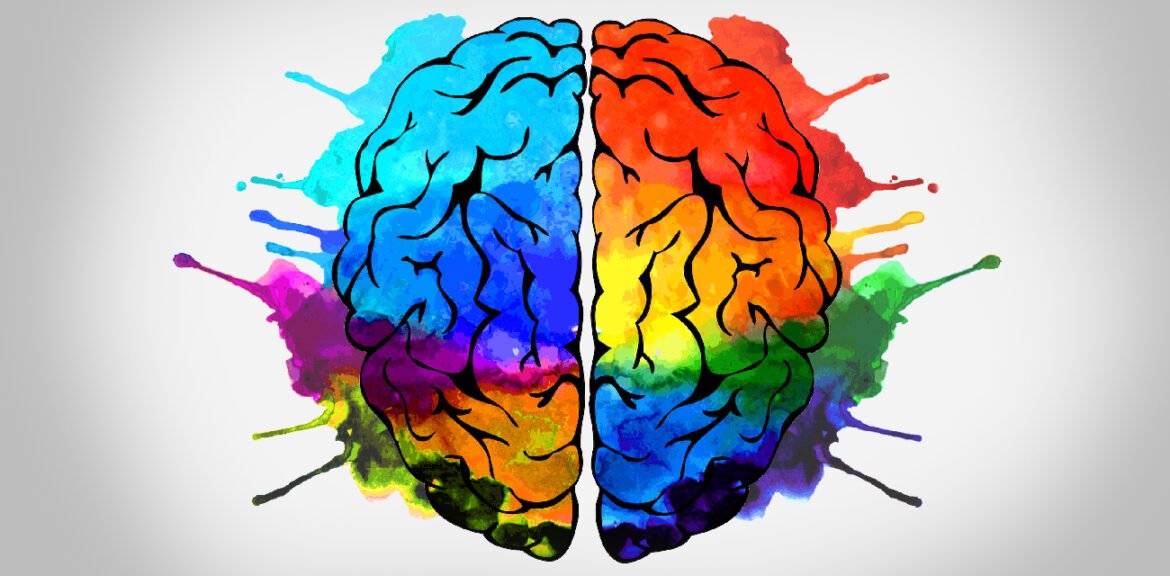Colors are more than just visual elements in the dynamic realm of social media marketing; they are powerful tools that evoke emotions, shape perceptions, and drive behavior. Understanding color psychology in social media branding is like uncovering a hidden language that speaks directly to your audience’s subconscious. Colors carry meanings, emotions, and moods, with each shade having a unique psychological impact.
Companies utilize color to create a visual identity that resonates with their target market. Consistency is key in social media marketing. By maintaining a consistent color scheme across all platforms, a brand can enhance its identity and boost brand recognition. Repeated exposure to the same colors builds audience trust and reinforces brand recall.
Color psychology significantly influences social media branding by affecting how users perceive and interact with brands online. Different colors trigger specific emotions and associations, impacting brand perception, engagement, and even purchase decisions. Here’s how various colors are typically interpreted in social media branding contexts.
How do Colors Influence Branding?
Blue
Often associated with trust, stability, and professionalism. Many tech and social media platforms like Facebook and LinkedIn use blue in their branding to convey reliability and credibility.
Red
Evokes excitement, passion, and urgency. Red can be attention-grabbing and is often used to promote sales or special offers in social media ads.
Green
Symbolizes growth, freshness, and harmony. Brands that focus on sustainability, health, or nature-related topics often use green to convey their values.
Yellow
Represents optimism, energy, and warmth. Yellow can be effective for brands aiming to stand out and evoke a sense of cheerfulness and positivity.
Purple
Often associated with luxury, creativity, and sophistication. It can be used by brands targeting a more upscale or artistic audience.
Orange
Combines the energy of red with the cheerfulness of yellow, representing enthusiasm, creativity, and vitality. It can be used to create a sense of excitement or playfulness.
Black
Symbolizes sophistication, power, and authority. Many luxury brands use black in their branding to convey elegance and exclusivity.
White
Represents purity, simplicity, and cleanliness. It can create a minimalist and modern aesthetic, often used by brands aiming for a clean and sophisticated image.
Pink
Evokes femininity, youthfulness, and romance. Brands targeting a predominantly female audience or those focusing on products related to beauty and fashion often use pink in their branding.
Brown
Associated with reliability, earthiness, and warmth. Brown can be used by brands promoting natural or organic products or aiming to create a rustic or traditional feel.
Understanding the psychological impact of colors can help brands choose the right palette to evoke the desired emotions and perceptions among their target audience. However, cultural and individual differences can also influence color interpretation, so it’s essential to consider the context and preferences of your specific audience when crafting your social media branding strategy.





